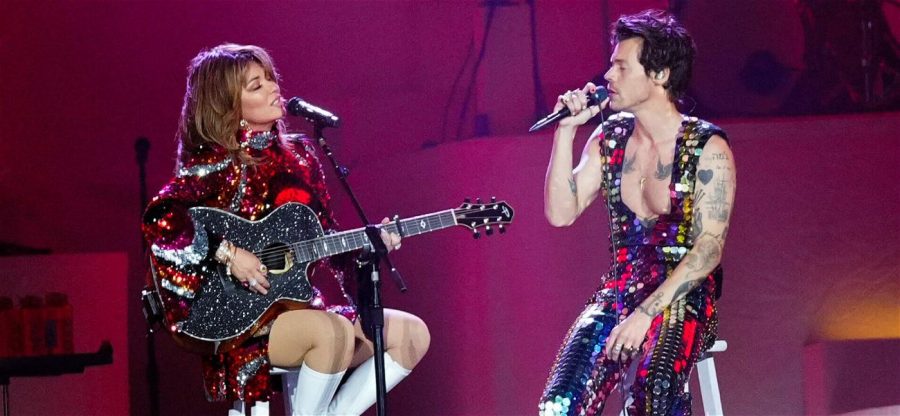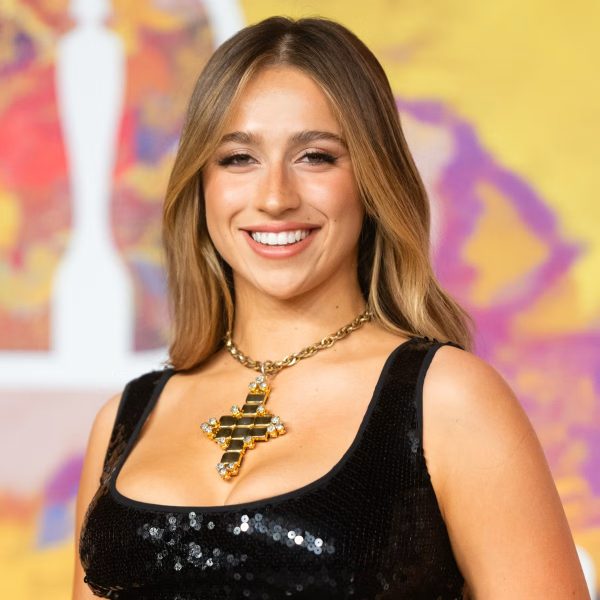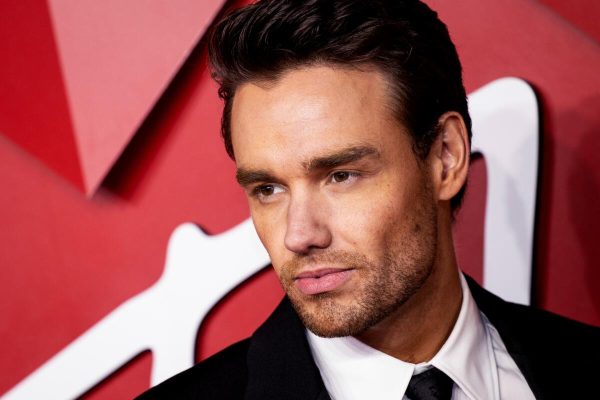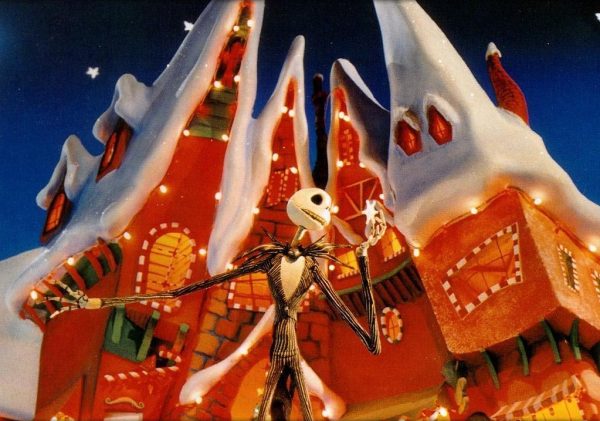Coachella 2022 features major musical acts, some shocking moments, big money influencers, and a COVID-19 outbreak
The popular music festival Coachella returned on the third and fourth weekends of April at the Empire Polo Club in Indio, Calif. to bring popular creators together with an outstanding lineup of artists. This year’s headliners were Harry Styles, Billie Eilish, and Swedish House Mafia with The Weeknd. Many other big-name artists took to the stage as well, so there was something for everyone. There were many highs and lows of Coachella 2022, including a COVID-19 outbreak despite the past two years of cancellations due to the pandemic.
Fans were initially let down by the last minute dropout of original third weekend headliner Kanye West. West pulled out of the festival for unspecified reasons, and was replaced by Swedish House Mafia and The Weeknd. The Washington Times reported that prices dropped by 32 percent following West’s pull out.
Despite West’s absence, there were many highlights in the music realm of the festivities. Many artists made surprise appearances onstage, including Lizzo, Rico Nasty, Justin Bieber, and Gorillaz. Arcade Fire made it into the lineup at the last-minute as well, having recently performed on Saturday Night Live.
One of the most notable moments was during Harry Styles’ headlining performance when he surprised the crowd with the likes of Lizzo and Shania Twain. He and Lizzo sang a fiery duet of “I Will Survive,” and he and Twain sang a number of hits including “Man! I Feel Like a Woman!”
The other headliners created some of their own shocking memories of the festival. Billie Eilish fell face-first onstage while singing “Getting Older,” but the show went on after fans chanted against the “square,” the part of the stage Eilish tripped on. The Weeknd’s mishap proved more controversial, as the singer yelled, “Are you trying to end the night right now?” to an audience he found less than enthusiastic.
Another appealing aspect of the festival was the debut of new music from a number of performers. Styles debuted “Late Night Talking” and “Boyfriends.” Doja Cat premiered “Vegas,” and Phoebe Bridgers introduced “Sidelines.” Megan Thee Stallion also performed an unreleased song that samples “Freek’n You” by Jodeci, Raekwon, and Ghostface Killah.
All of the performances at the festival were live-streamed on YouTube for free, which was appealing for many students at Olympic Heights. Junior Audrie Mahoney said, “I would not have been able to buy tickets, but it was great to be able to see my favorite artists perform from my home.”
That being said, Coachella has been perceived as a failure in the eyes of fans, particularly because of the fact that it caters primarily to influencers. Coachella often is a hub for influencers to make content, being that they are sponsored by brands to come to the event. This makes the festival less about the music and more about influencers.
Fashion is a major part of these influencers’ Coachella experience, particularly the experience they give to their fans. They often will spend hours getting ready and doing photoshoots of their crazy Coachella outfits, but what time do they have to just enjoy the festival? Perhaps it’s the financial gains that outweigh any concert experience.
Noel Elie, a wellness influencer with 102,000 followers, attended the music festival through a sponsorship with “a fashion brand that pays $2,500 for three stories and a reel, as well as giving her free clothes,” according to Insider. It seems like a lot of money for a couple of mandatory posts, but the marketing value of influencers and their large followings is worth it to these companies.
The commodification of Coachella by influencers and the brands they represent has taken away from the enjoyment of “regular people.” Ticket prices are already high due to the range of high-profile performers, and influencers are often being paid for their attendance anyway. Coachella content on social media has declined in popularity this year, but at least the music could outshine the camera flashes.
Unfortunately, the long-awaited music festival was canceled twice in the past two years because gatherings as large as this one are prone to become COVID-19 superspreader events. This year, the festival withheld a mask mandate from its guidelines, and there were no vaccination or testing requirements either. It sparked outrage when the news of the changed health guidelines came out in February.
Health professionals and concerned festival-goers found this choice contradictory to the work done in the past few years to combat the spread of the virus. In response, Richard Carpiano, public health expert and professor at University of California, Riverside told Pitchfork, “‘It’s almost acting like the pandemic never happened, and the virus will magically go away come April.’”
It also does not ease experts’ minds to know that the festival was sold out, meaning that 125,000 individuals were present each day in Coachella Valley. Contact was also high with the crowded audiences and packed lines, so it was no surprise that there was, in fact, a COVID-19 outbreak following the festivities.
The BA.2 omicron subvariant was detected spreading among attendees to the festival. This variant was estimated to be 50 percent more transmissible than the original omicron strain, according to Dr. Anthony Fauci. Furthermore, omicron is three times more transmissible than the delta variant of COVID-19.
The daily COVID-19 cases in Riverside County, California, where Coachella is located, rose by 76 percent in two weeks. Many Coachella attendees are from the area; however, those who flew out for the music festival will bring the virus home with them, causing a surge of cases nationwide.










